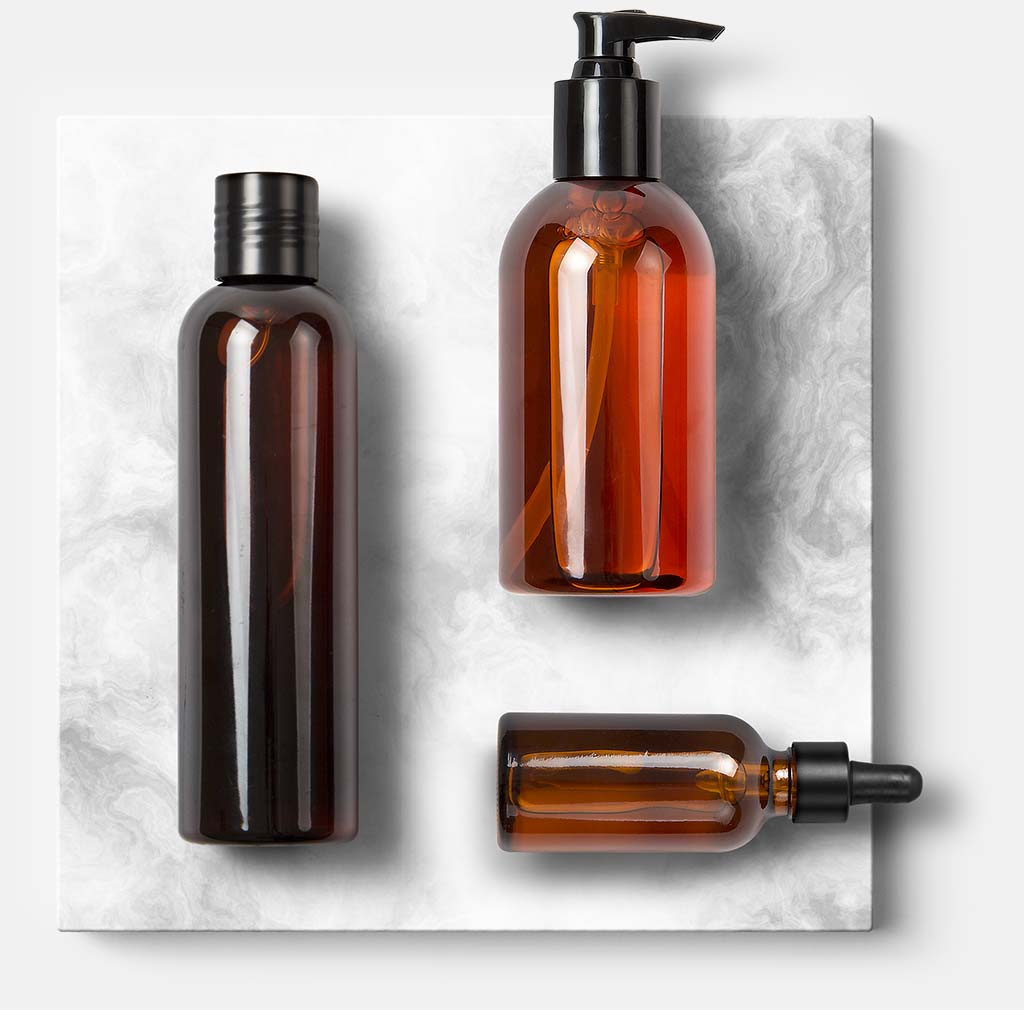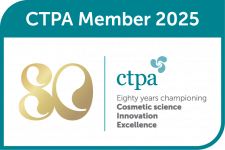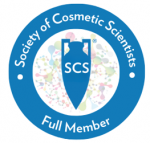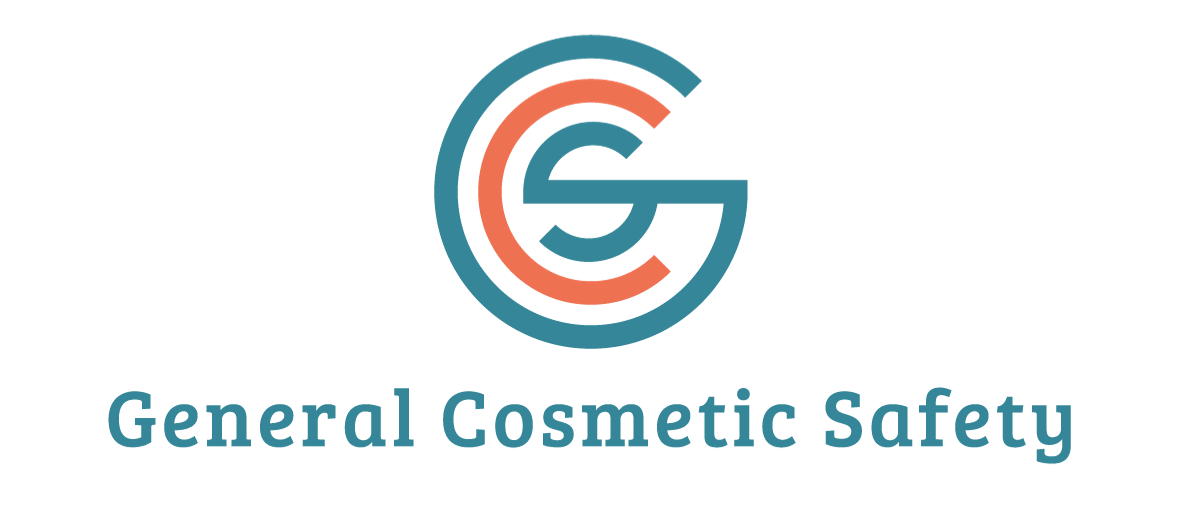The beauty industry has long relied on animal testing to ensure the safety of cosmetic ingredients, a practice that dates back to the early 20th century. However, as we move further into the 21st century, the landscape of cosmetic testing is undergoing a significant transformation. For cosmetic brands committed to ethical practices and consumer safety, understanding this evolution is crucial. Let’s delve into the history of animal testing in cosmetics and explore the future of NAM (non-animal alternatives).
The Early Days
 In the early 1900s, the rapid growth of the cosmetics industry brought with it a pressing need to ensure product safety. Back then, there were few methods to test the safety of cosmetic ingredients, leading to instances of harmful reactions among consumers. The introduction of the Federal Food, Drug, and Cosmetic Act (FD&C Act) in the United States in 1938 marked a pivotal moment, mandating that all cosmetic products must be tested for safety.
In the early 1900s, the rapid growth of the cosmetics industry brought with it a pressing need to ensure product safety. Back then, there were few methods to test the safety of cosmetic ingredients, leading to instances of harmful reactions among consumers. The introduction of the Federal Food, Drug, and Cosmetic Act (FD&C Act) in the United States in 1938 marked a pivotal moment, mandating that all cosmetic products must be tested for safety.
Animal testing quickly became the gold standard. Tests like the Draize test, which involved applying substances to the eyes or skin of rabbits, were developed to assess irritation and toxicity levels. These methods, while pioneering, often caused significant suffering to the animals involved.
The Peak of Animal Testing
From the 1940s through the 1980s, animal testing dominated the toxicological assessment of cosmetics. During this period, various animal-based tests were standardized to ensure comprehensive safety evaluations. These included:
– Acute Toxicity Testing: Assessing the harmful effects of a single, high dose of a substance.
– Skin Sensitization Testing: Identifying potential allergic reactions from repeated exposure.
– Chronic Toxicity Testing: Evaluating the long-term effects of prolonged exposure.
– Carcinogenicity Testing: Determining the potential of substances to cause cancer over time.
– Repro-toxicity Testing: Determining the potential of substances to cause adverse effects to fertility or to embryos.
Commonly used animals included rabbits, guinea pigs, mice, and rats, each chosen for their specific suitability to different types of tests.
Ethical Concerns and Shifts in Public Perception
By the late 20th century, the ethical implications of animal testing began to draw significant public and regulatory scrutiny. Animal rights organizations and a more informed public started to question the morality and necessity of causing harm to animals for cosmetic purposes. The emotional and ethical debates spurred significant changes.
In response to mounting ethical concerns, the European Union enacted the Cosmetics Directive, which led to a complete ban on animal testing for cosmetics and their ingredients by 2013. This landmark legislation also prohibited the marketing within the EU of any cosmetics tested on animals outside the EU, setting a new global standard.
The Rise of Alternative Testing Methods
Technological advancements have paved the way for innovative, cruelty-free testing methods. These include:
– In Vitro Testing: Using human cell and tissue cultures in laboratory settings to assess safety without involving live animals. This method has become increasingly sophisticated, allowing for the evaluation of skin and eye irritation, phototoxicity, and genotoxicity.
– Computational Modelling: Using computer-based simulations to predict toxicological outcomes based on chemical structure and biological activity.
These alternatives not only align with ethical standards but also offer scientifically robust solutions that can often be more relevant to human biology.
But – the groups developing these tests have to work hard to persuade the authorities that they give the right amount of information to ensure safety for the human population, when the ingredients are eventually used. It can take many years for a test to be authorised and accepted.
The Current Landscape and Future Prospects
Today, many countries have adopted regulations that restrict or ban animal testing for cosmetics. The global cosmetics industry is increasingly investing in alternative methods, driven by consumer demand for cruelty-free products and the continuous advancement of scientific technologies.
Since 2013 in the UK / EU – no finished products or ingredients can be tested on animals.
Some brands will chose to highlight this on the packaging. All cosmetics sold in the UK could make the same claim now.
This is what CTPA has to say on this question, on the website ‘thefactsabout’:
“The common criteria for cosmetic claims, which are now part of UK cosmetics law, prohibit claims that are no more than claiming compliance with legal requirements. Since the ban on animal testing applies equally to all cosmetic products on the UK market, it would appear that claims relating to avoidance of animal testing would not be permitted. That law covers claims in the form of text, illustrations, logos or pictorial forms and similar depictions.
However, explicit statements relating to a company’s philosophy regarding animal testing ought to remain acceptable under the common criteria ‘Frequently Asked Questions (thefactsabout.co.uk)‘
Unfortunately, there are countries in other parts of the world where animal testing is not banned (any may even be required). It is likely that an ingredient has been tested in animals somewhere in the world and at some point in the past.
What does this mean for CPSRs?
Since there is a legal ban in the EU/UK that came into force in 2013, it is permitted to use historical animal data to support the safety assessment of cosmetic products in the CPSR if the data points were generated before 2013, and this is the approach I use in the safety assessment reports, where you will see reference to older animal toxicity studies.
Safety Assessor Qualifications
MSc (Distinction), University of Strathclyde
BSc (Hons) Chemistry, University of Nottingham
Certificate - Safety Assessment of Cosmetics in the EU, Vrije University Brussels
Get in Touch
If you would like to discuss any of your products or ranges, please fill out our contact form




